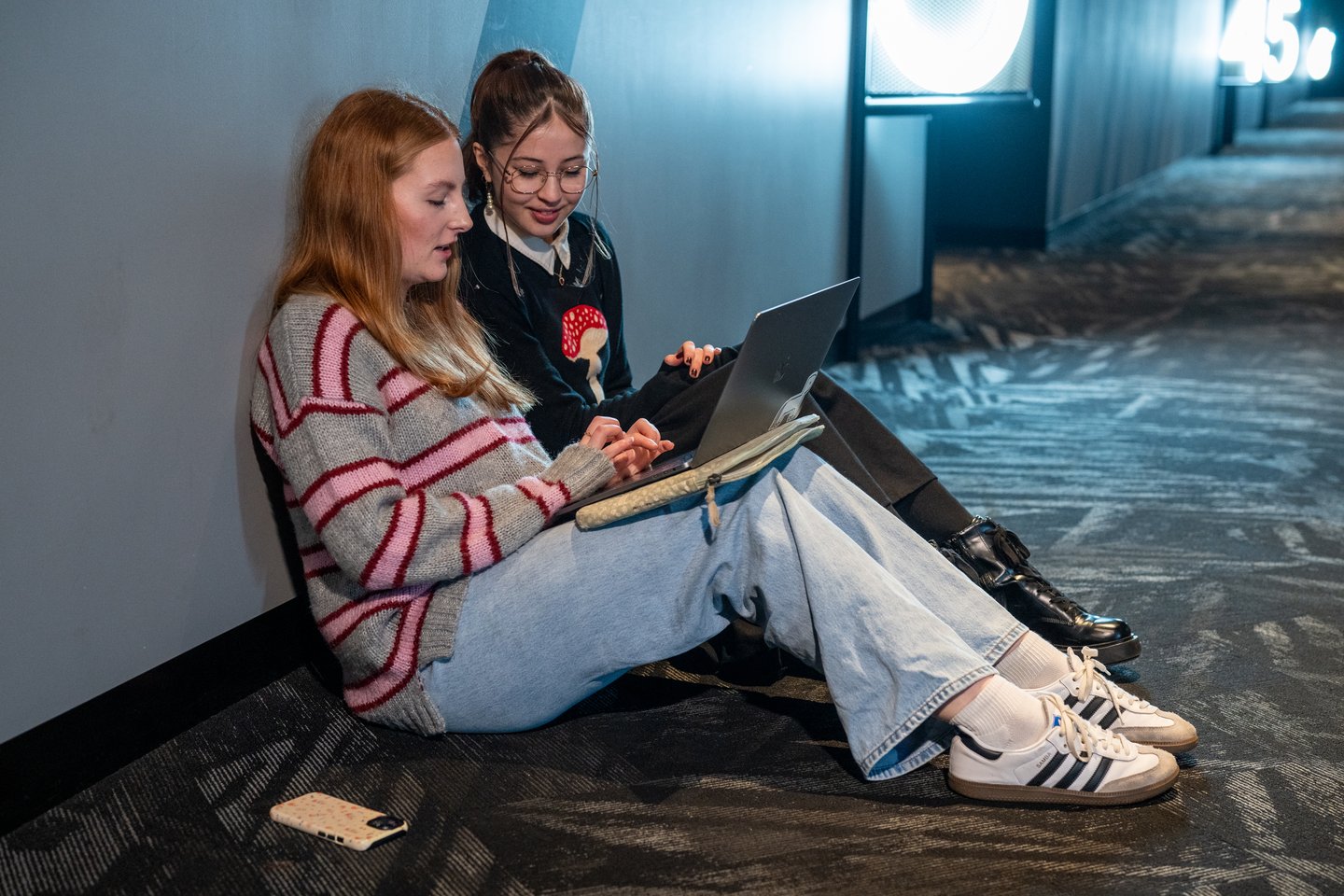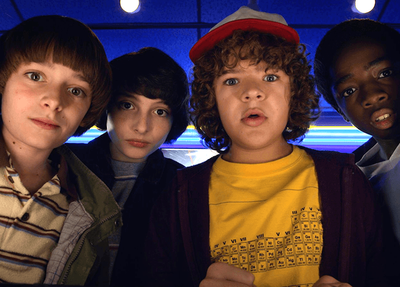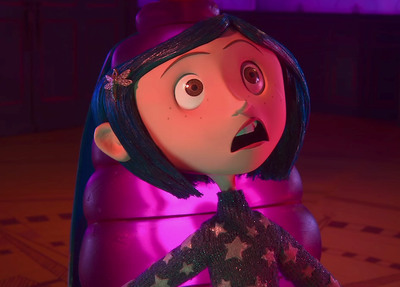
Taking a step back when content becomes overwhelming
Jess on Oct. 15, 2025
This blog was written by Kaitlyn, one of our Youth Advisory Panel members, for Mental Health Awareness Week 2025.
This year’s theme, “Topping up together,” is all about connection and support – something we explore regularly with our panel. In the lead-up to MHAW, we sat down with our Youth Advisory Panel to talk about mental health and illness content on social media, in films, and in series, and the impact certain portrayals can have on young people.
Our kōrero highlighted the importance of media literacy, critical thinking, and reliable resources to help both young people and parents navigate what they see online – and to better understand what’s real and what’s not when it comes to mental health content.
Much of our everyday lives are now online; it can be our primary way of connecting with friends, sharing and collating our memories, scoping out our interests, or staying up to date with the world and learning. The online world has no limits, but sometimes this isn’t a pro. With more out there, we’re more prone to seeing content that may trigger negative emotions of distress, discomfort or sadness etc. Recently, my social media has been flooded with content that contains violence and gore. I know that I am privileged to be able to stay informed and have the knowledge about what is happening in the world, but sometimes content can become overwhelming. It’s normal for us to not be desensitised to content, and it’s normal to take a step back for your own mental health, finding ways to distract ourselves from the violence.
Left, right and centre we are being thrown new information at us, as we continuously scroll on social media. This can be content that we align with, but our algorithms are bound to show us content that may differ. In saying this, it’s hard for social media platforms to always be on top of censoring and deleting content, due to the mass amounts of media always circulating online. We are more prone to seeing more graphic content that traditional news outlets wouldn’t typically air, like Charlie Kirk’s assassination video that was circulating on social media. These videos showed uncensored footage of his assassination, with nothing left to the imagination. I was just scrolling as I usually do on TikTok when I came across this video. It was too late to scroll. I felt uneasy and anxious. Some of the comments read “I thought it would be worse”, maybe I was overreacting at the gore? I noticed over the next few days my ForYou page was plagued by what users called the ‘September Curse’ (a social media narrative referring to a series of tragic events that have all happened in September 2025). Uncensored videos of Iryna Zarutska’s life being wrongfully taken on a train, American school shootings and footage of other cases of extreme violence. I felt mass amounts of sorrow, but also overwhelmed by the content I had consumed.
Nowadays, we are trained to be desensitised to content through the mass amounts of media that contain, imply, or mention violence and gore within games, films and the traditional news sources. Implying that we should be able to handle anything we see online that could contain gore and violence, so having strong emotions of distress, sadness or discomfort may be deemed as ‘overreacting’ by some people. Yes, these events happen in the world, and we should stay educated about the world we live in. But, we shouldn’t feel guilty for wanting to take a step back for our wellbeing. If content online is having a negative impact on you, there is no shame in taking away its power.
In light of Mental Health Awareness Week 2025, ways that we can prioritise our mental health when content becomes overwhelming online is connecting with others. Talking to friends and family about the content you have seen and how it made you feel, to avoid the bleak future narrative. Together using the Five Ways to Wellbeing: we can give ourselves time to step back from the content we see, by clicking ‘not interested’ in the content on social media apps. Indulging in comfort media such as games, films and television shows that make us feel safe and cozy. Taking notice of things around us and the small things that bring joy, what we may take for granted. It might be the colour of the sky at a certain time of night that brings you peace or the smell of when it starts to rain. To end, a manifestation; I am okay, I am alive and well. I will continue to use my privilege to gain knowledge, but I will prioritise my own mental health first.
– Kaitlyn, Youth Advisory Panel member
Further reading:
If you’re concerned about what you or someone else is seeing online, we have a range of resources which include guidance and advice about harmful content:
- Extremely harmful and illegal content online: What are young people seeing and what does it mean for parents? (Resource)
- Conversation Starters About Harmful Content Online (Resource)
- How do we talk with our kids about seeing harmful content online? (Resource)
- Content that Crosses the Line: Conversations with young people about extremely harmful content online (Research)
Other helpful resources:
Subscribe to our blog
Stay up to date with the Classification Office blog.


